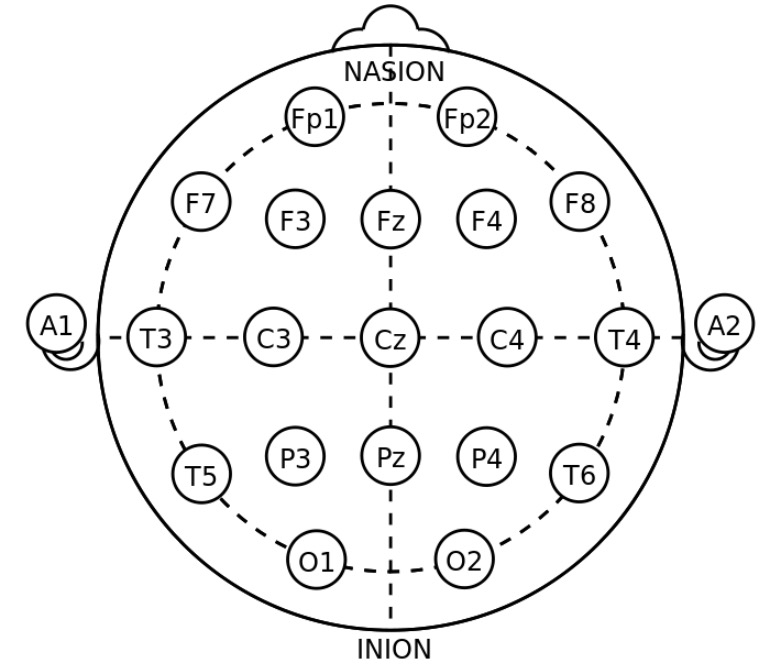Playlist
Show Playlist
Hide Playlist
Partial Onset Epilepsy: Treatment
-
Slides Seizures Epilepsy Partial Onset Epilepsy & Top Ten Seizure Treatment Tips.pdf
-
Download Lecture Overview
00:01 So let's talk about how we approach treatment of patients with partial onset epilepsy. 00:06 When I'm thinking about treatment, we want to understand the type of epilepsy that we're treating is this focal-onset or generalized-onset epilepsy. 00:14 We want to know the types of medicines that we have at our disposal. 00:17 And then we select those based on the patient. 00:20 Both based on the side effect of the medications and the other medical comorbidities. 00:25 Selecting the right drug for the right patient, and the right epilepsy. 00:31 When we think about epilepsy treatment, we can put patients and their epilepsies into buckets, general buckets. 00:37 About a quarter of patients will have an excellent response to treatment. 00:41 In fact, many of these patients seizures will remit without anti-epileptic drug therapy. 00:46 And this accounts for about 20 to 30% of patients. 00:49 The prototypical epilepsy syndrome is benign epilepsy of childhood with centrotemporal spikes. 00:56 This is an epilepsy that will go away spontaneously over time. 01:00 We do typically treat these children during the period of seizures, but often are able to take them off of the antiepileptic medications long term. 01:09 The second group of patients will have a very good response to therapy. 01:13 Their seizures will remit with or after anti-epileptic drug therapy. 01:18 And this accounts for about 30 to 40% of the patients that we see. 01:22 The classic example here is childhood absence epilepsy. 01:26 This is an epilepsy that occurs early in the childhood years and then goes away for many patients as they enter juvenile adolescence or certainly into adulthood. 01:35 We do treat patients absences during the childhood phase and are frequently able to take them off of medications. 01:42 In general, when we start an anti-epileptic, we consider continuing it, and usually will continue it for two years, and then would reassess whether the drug needs to be continued or whether we can try to take the patient off the medication, and see if the epilepsy has abated. 01:57 The other categories of patients are typically those that are followed long-term by neurologist. 02:03 The next group of patients will have an uncertain prognosis. 02:06 The anti-epileptic drugs may work but often need to be continued. 02:10 We may need to consider an epilepsy surgery and many of these patients will be considered medically refractory. 02:16 This accounts for 10 to 20% of patients. 02:19 Again, medically refractory epilepsy is epilepsy that fails and continues where patients have breakthrough seizures, despite being on two medications or having tried two medications at sufficient doses. 02:32 Good examples of this are juvenile myoclonic epilepsy and temporal lobe epilepsy. 02:38 The last group of patients has the poorest prognosis. 02:41 These are patients who are anti-epileptic drugs and surgery only reduce the seizures. 02:46 But they continue to have seizures that breakthrough despite maximum medical and sometimes surgical therapy. 02:53 This is the minority of our patients, but we'll account for 10 to 20% of epilepsy patients. 02:58 And the classic example here is that of Lennox-Gastaut syndrome. 03:02 This is a childhood onset syndrome, where patients have significantly abnormal EEGs, as well as underlying a neurologic function and neuro development. 03:12 Many of these patients will have lifelong epilepsy that remains refractory to medications. 03:17 Many of will have vagal nerve stimulators, or epilepsy surgeries, or other more advanced treatment to manage their seizures. 03:25 When possible, we want to use the single most effective agent. 03:29 About 47% of patients will become seizure free with their first anti-epileptic drug. 03:34 And that's great, that's about half of patients. 03:37 Unfortunately, with additional medications, we see reduced return. 03:42 An additional 13% of patients will become seizure free with the second or third anti-epileptic drug and monotherapy. 03:48 And for the remainder of patients, additional anti-epileptic drugs are less helpful. 03:54 We often require multiple therapies or sometimes non-medical therapy to manage those patients.
About the Lecture
The lecture Partial Onset Epilepsy: Treatment by Roy Strowd, MD is from the course Seizures and Epilepsy.
Included Quiz Questions
Which statement is the most accurate with regard to antiepileptic drugs?
- Single-drug therapy is preferred.
- Selection is unrelated to seizure type.
- All patients require medication.
- Once initiated, the medication should be taken lifelong.
- All antiepileptic drugs have similar side effects.
Which statement is the most accurate regarding the efficacy of antiepileptic drugs?
- Around half of the patients are seizure-free with single-medication therapy.
- All antiepileptic drugs are equally efficacious.
- Adding a second medication results in 99% efficacy.
- Breakthrough seizures occur in 30% of treated patients.
- The majority of patients with epilepsy will require lifelong therapy.
Customer reviews
5,0 of 5 stars
| 5 Stars |
|
5 |
| 4 Stars |
|
0 |
| 3 Stars |
|
0 |
| 2 Stars |
|
0 |
| 1 Star |
|
0 |




